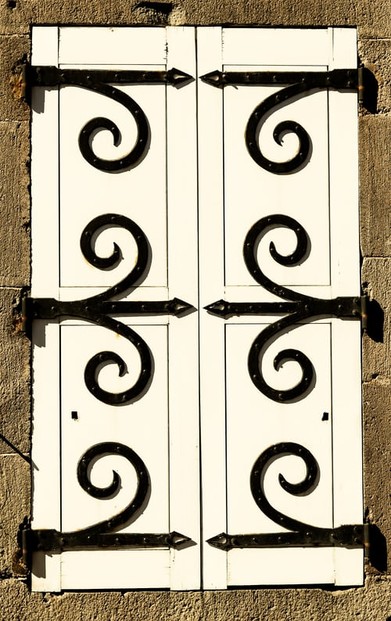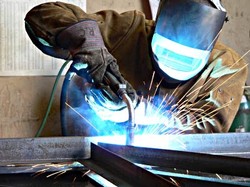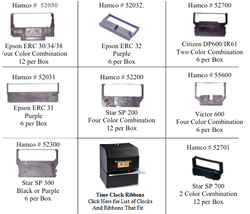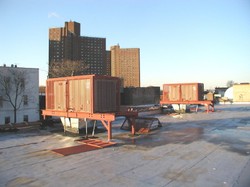The use of iron for making artifacts, weapons, and cooking utensils dates back to 1400 BCE when smelting was discovered. The stone age was brought to a glorious end with the advent of metalworking. The use of bronze diminished whence relegated by iron.
Advances in extraction and fabrication introduced iron for making architectural features of residential buildings in Europe. Iron gained popularity and remained in vogue for an extended period in Europe before steel came into the picture. Used mainly for utilitarian purposes the metal fulfilled the needs of the armies and the households with little decorative impressions. It had become commercialized as smelting advanced subsequently it evolved into diverse alloys chiefly wrought and cast iron. Ironworks in the present times refers to an alloy of mild steel very much popular for the fabrication of building components and period structures.




 Wrought iron gained popularity because it was malleable and could easily be turned into desired shapes, unlike cast iron. As architectural use became popular the metal was used incessantly in making gates, doors, and windows.
Wrought iron gained popularity because it was malleable and could easily be turned into desired shapes, unlike cast iron. As architectural use became popular the metal was used incessantly in making gates, doors, and windows. 
 The works created by Spanish and French masters are well preserved in New Orleans. The exquisite patterns as a result of ornamental works can be best seen at the places mentioned below:
The works created by Spanish and French masters are well preserved in New Orleans. The exquisite patterns as a result of ornamental works can be best seen at the places mentioned below:




 Full Day Safari in Bandhavgarhon 08/29/2023
Full Day Safari in Bandhavgarhon 08/29/2023
 SEO Campaign: Website Overhaulon 02/13/2023
SEO Campaign: Website Overhaulon 02/13/2023
 Indian Food It Is Not All Curryon 02/08/2023
Indian Food It Is Not All Curryon 02/08/2023
 How Tiger Tourism is Organized in India?on 02/07/2023
How Tiger Tourism is Organized in India?on 02/07/2023



Comments
Historical events are better recorded in Europe than in India, and chronological overlaps are in a haze here.!
Quite correct, but there was a period when technologies overlapped. In Britain bronze was an elite alloy so ordinary people used stone weapons. Iron is easier to handle than bronze is, so became the metal of choice, but flint tools continued to be knapped [made] until about 500 BC.
Yes true but I believe as soon use of metals became popular wood was used as support may to make a base or handle of swords and daggers etc.
Archaeological evidence of wooden weapons is hard to find, as wood decays, whereas metal is more durable.
Tribals in India do use bows and arrows made of wood. So wooden weapons may have been common in the country, but widespread mention is not there. Thanks for the information.
Weapons made of wood were used in the British Isles. One version of the King Arthur legend [500 CE] has Arthur being killed with a spear made of ash wood, a wood that made hard, sharp spears.
Iron age was between 1300 TO 300 bc Post-Harappan Period in India. Wood was used in conjunction with metal but there is no record of weapons made entirely of wood. But wooden artifacts have been used all over the world since prehistoric times. Recent excavations show that ironworking may have originated in 1800 BCE in India.
The iron pillar of Delhi is a structure 23 feet 8 inches (7.2 meters) high with 16 inches (40.64 cm) diameter that was constructed by Chandragupta II (reigned c. 375–415 CE. (Wikipedia). No such mention of building components made of iron. The European style of gates and windows were incorporated with the arrival of British and Portuguese in India.
pateluday, Thank you for practical information, pretty pictures and product lines.
Ancient Hawaiians perfected wood-working to the degree that their equipment and spears respectively cut and pierced competitively with metal. Hawaii is mineral-poor but ancient Hawaiians knew metal from what drifted in on the tides from other distant civilizations.
Do you know if perhaps ancient Indians did likewise, perfected sharp-edged weapons, sharp-sided tools before embracing metal?
Also, what would rank among famousest, oldest subcontinental equivalents of famous iron gates, grills, structures and works that you give for America and Europe?
Thanks, blackspanielgallery
Nice images of creativity using iron.